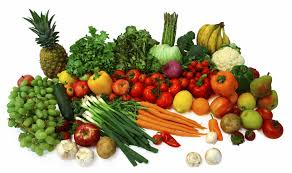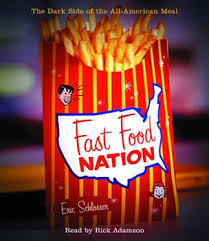 It may seem geeky but my favourite food is fresh vegetables from the garden. People think I’m weird but there is truly nothing as surprisingly succulent as that first crunch of a baby carrot that you’ve cleaned by wiping it on your pants.
It may seem geeky but my favourite food is fresh vegetables from the garden. People think I’m weird but there is truly nothing as surprisingly succulent as that first crunch of a baby carrot that you’ve cleaned by wiping it on your pants.
Steamed baby carrots with a whisker of melted butter epitomize simple, real, delicious food. The taste is sweet; the texture, firm, yet tender. If you’ve ever eaten a garden baby carrot you will agree that it should be illegal to refer to the others as baby carrots. How can they possibly have taste when they are nothing more than old carrots, peeled to a “baby” shape and dipped in bleach to preserve them? Yum! Bleach!
If you’ve ever sat in a pea patch on a hot August afternoon, gorging on the fruits of the vines, you know exactly how I feel about fresh vegetables. In fact, eating peas directly from the shells is a surefire way to get kids to eat their veggies. Contrast those tasty morsels with pureed baby-food peas or ordinary canned peas and it’s not hard to understand why kids often despise vegetables. If more kids were turned loose in a pea patch, I’m confident more kids would love veggies.
Admittedly some vegetables need help. I like turnips and parsnips cooked with a little brown sugar. It’s how my mom and grandmothers served them. My kids thought they didn’t like turnips so I used to cook them with carrots and puree them with a little butter and brown sugar. They loved them!
Tell me; have you ever had asparagus just picked from the garden? The flavour is like none other, almost like eating the smell of freshly cut grass, sweet and green. Sometimes you’ll find spears as slim as licorice string with a tassel at the end. I suggest eating them raw and absorbing their fresh pea taste or very lightly steaming them.
Fresh garden vegetables contain trace minerals that are largely absent from vegetables grown in commercial operations. Those minerals are vital building blocks for many processes performed by a healthy body and are undoubtedly the key to fresh vegetables’ explosive taste.
Ideally home-grown vegetables are not subjected to chemicals to make them grow or to kill insects and weeds; these poisonous substances may cause more damage to our health than we receive from eating vegetables.
Another advantage to eating home-grown produce is it doesn’t have to travel for hundreds or thousands of miles; instead it can be picked and eaten when ripe. The eater gets to enjoy all the benefits of the food with fewer of the costs, both monetary and environmental.
There is nothing so satisfying than to walk through the garden with a bowl in hand, planning lunch based on what is ripe and ready. A handful of fresh leaves with a home-made dressing, a few baby potatoes sautéed in butter, and a mess of beets and greens provide the basis for a meal that simply cannot be bought.
If you have a chance to grow and/or eat fresh vegetables from the garden, I urge you to do it. Your taste buds and your body’s engine will thank you. If you have no clue how to raise your own garden, it’s not as difficult as you might think. Here are some resources to get you started:
One Million Gardens http://www.onemilliongardens.com/
Garden Planner http://www.growveg.com/Default.aspx,
Documented Experiences of a Home Gardener: http://www.albertahomegardening.com/

